
ELKHORN CORAL, ABACO BAHAMAS (DORIAN UPDATE)
Elkhorn coral (Acropora palmata) is a widespread reef coral, an unmistakeable species with large branches that resemble elk antlers. The dense growths create an ideal shady habitat for many reef creatures. These include reef fishes of all shapes and sizes, lobsters, shrimps and many more besides. Some of these are essential for the wellbeing of the reef and also its denizens.

GOOD POST-DORIAN NEWS ABOUT ABACORAL
A recent report from FRIENDS OF THE ENVIRONMENT brings encouraging news about the reefs of Abaco post-hurricane, and an indication of the resilience of the coral to extreme conditions (with one exception for a reef too close to the shore to avoid damage from debris).
Shortly before Dorian hit, The Perry Institute for Marine Science and its partners surveyed reefs across Grand Bahama and Abaco to assess their health. Following Dorian, they were able to reassess these areas and the impact of the hurricane. Over the 370 miles that the surveys covered, minimal damage was found on the majority of reefs. Unfortunately Mermaid Reef, where FRIENDS does most of our educational field trips, sustained extensive damage due to debris from its close proximity to the shoreline. We are looking into how we can help with logistics to get the debris removed, and hopefully the recovery will begin soon.

Elkhorn coral standing strong post-Dorian at Sandy Cay Reef, Pelican Shores, Abaco
The scientists were also able to visit four of the Reef Rescue Network’s coral nurseries and assess out-planted corals in national parks in both Grand Bahama and Abaco. The great news is that all of the corals on these nurseries survived the storm and will be used to support reef restoration. Also from the surveys, it appears that our offshore reefs around Abaco sustained minimal damage, including Sandy Cay Reef in Pelican Cays Land and Sea Park (pictured above). This gives us hope for the recovery of our oceans post-Dorian and proves how resilient these amazing ecosystems are.

Examples of species vital for healthy corals include several types of PARROTFISH, the colourful and voracious herbivores that spend most of their time eating algae off the coral reefs using their beak-like teeth. This algal diet is digested, and the remains excreted as sand. Tread with care on your favourite beach; in part at least, it will consist of parrotfish poop.

Other vital reef species living in the shelter of elkhorn and other corals are the CLEANERS, little fish and shrimps that cater for the wellbeing and grooming of large and even predatory fishes. Gobies, wrasse, Pedersen shrimps and many others pick dead skin and parasites from the ‘client’ fish including their gills, and even from between the teeth of predators. This service is an excellent example of MUTUALISM, a symbiotic relationship in which both parties benefit: close grooming in return for rich pickings of food.

VULNERABILITY TO OFFICIALLY NON-EXISTENT CLIMATE CRISIS
Formally abundant, over just a couple of decades elkhorn coral has been massively affected by [climate change, human activity and habitat destruction] inexplicable natural attrition in many areas. One cause of decline that is incontrovertible is damage from storms, which are empirically increasing in both frequency and intensity, though apparently for no known reason.

Physical damage to corals may seriously impact on reproductive success; elkhorn coral is no exception. The effects of a reduction of reef fertility are compounded by the fact that natural recovery is in any case inevitably a slow process. The worse the problem gets, the harder it becomes even to survive let alone recover.

SO HOW DOES ELKHORN CORAL REPRODUCE?
There are two types of reproduction, which one might call asexual and sexual:
- Elkhorn coral reproduction occurs when a branch breaks off and attaches to the substrate, forming a the start of a new colony. This process is known as fragmentation and accounts for roughly half of coral spread. Considerable success is being achieved now with many coral species by in effect farming fragments and cloning colonies (see above, Reef Rescue Network’s coral nurseries)
- Sexual reproduction occurs once a year in August or September, when coral colonies release millions of gametes by broadcast spawning (there’s much more to be said on this interesting topic, and one day I will)

THE FEATURED PHOTOGRAPHS
You may have wondered in which healthily coral-infested waters these superb elkhorn coral photographs were taken. Did I perhaps source them from a National Geographic coral reef special edition? In fact, every image featured was obtained among the reefs of Abaco.

All except the recent Perry Institute / Friends of the Environment photo were taken by Melinda Rogers of Dive Abaco, Marsh Harbour. The long-established and highly regarded Dive Shop she and her husband Keith run was obliterated (see above) less than 3 months ago by Hurricane Dorian, along with most of the rest of the town. It’s a pleasure to be able to showcase these images taken in sunnier times.







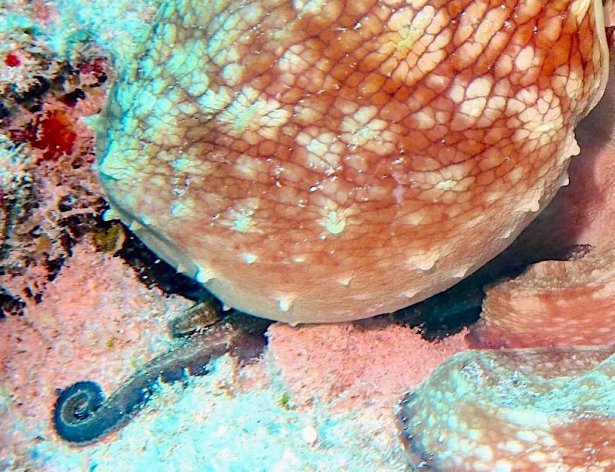




























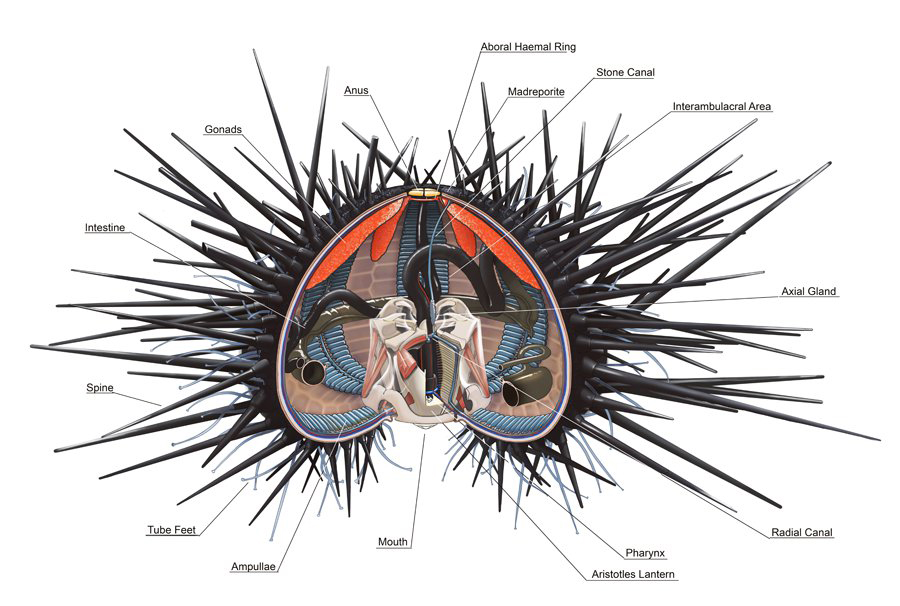






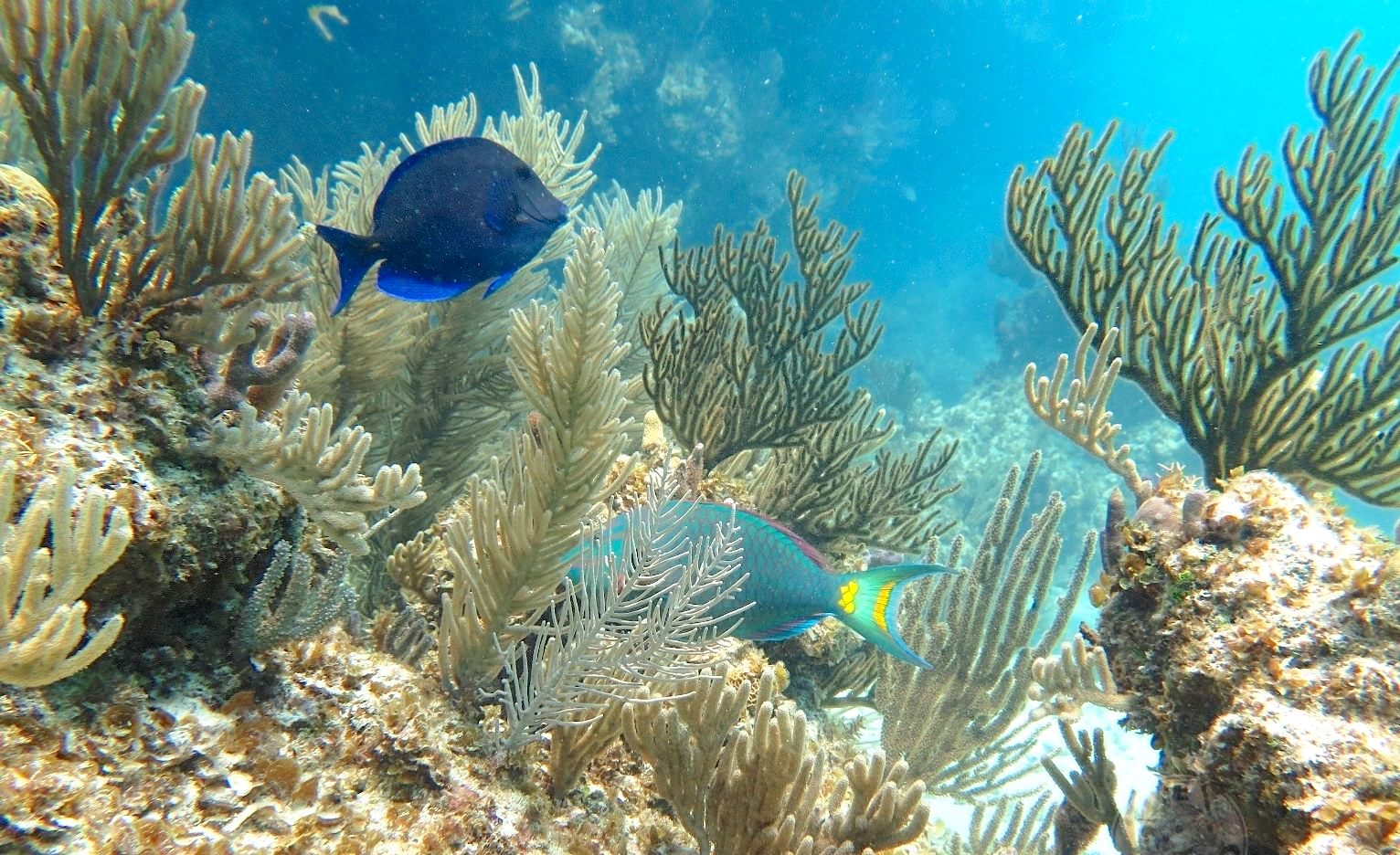








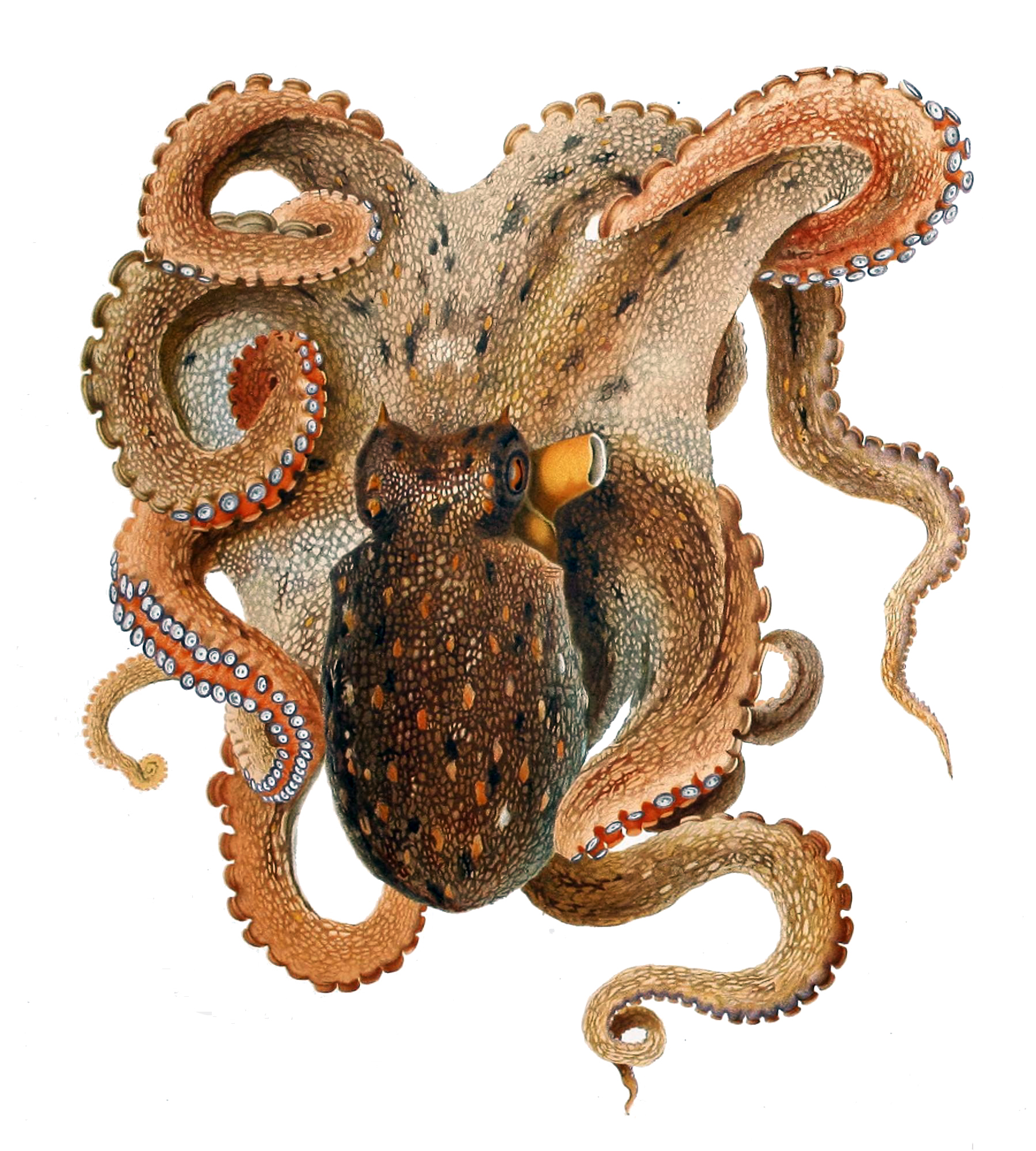


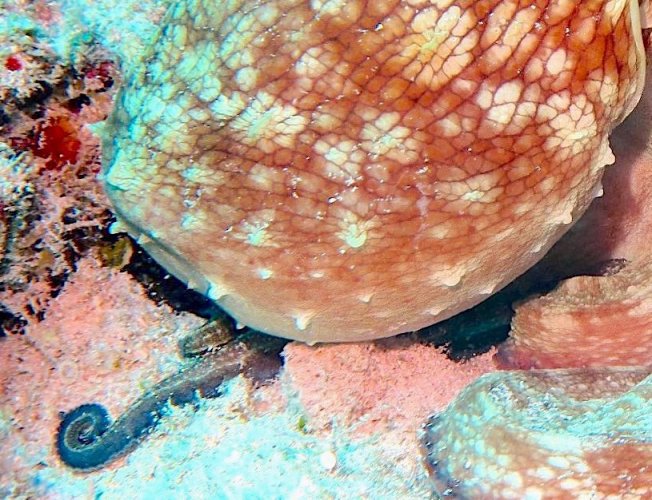
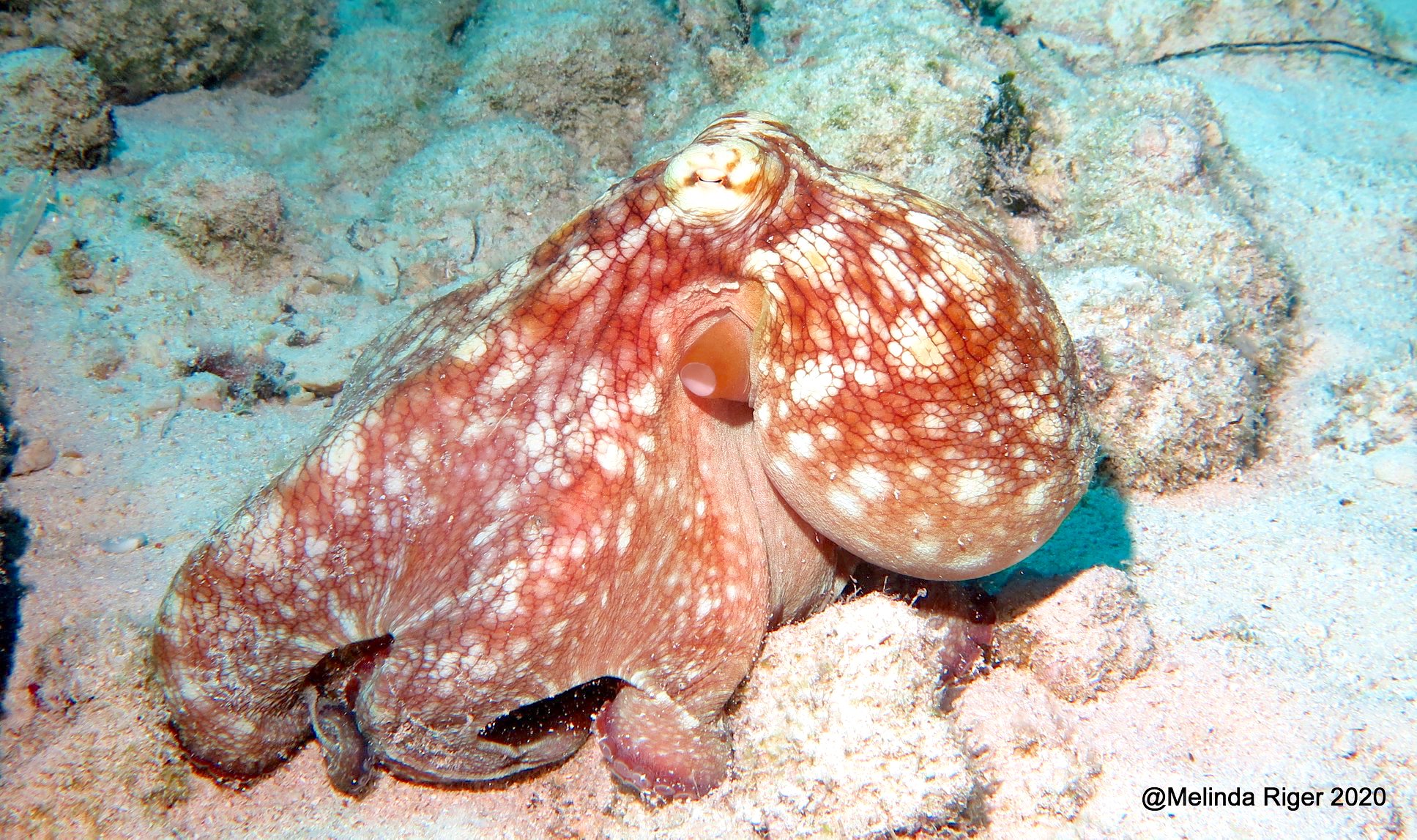




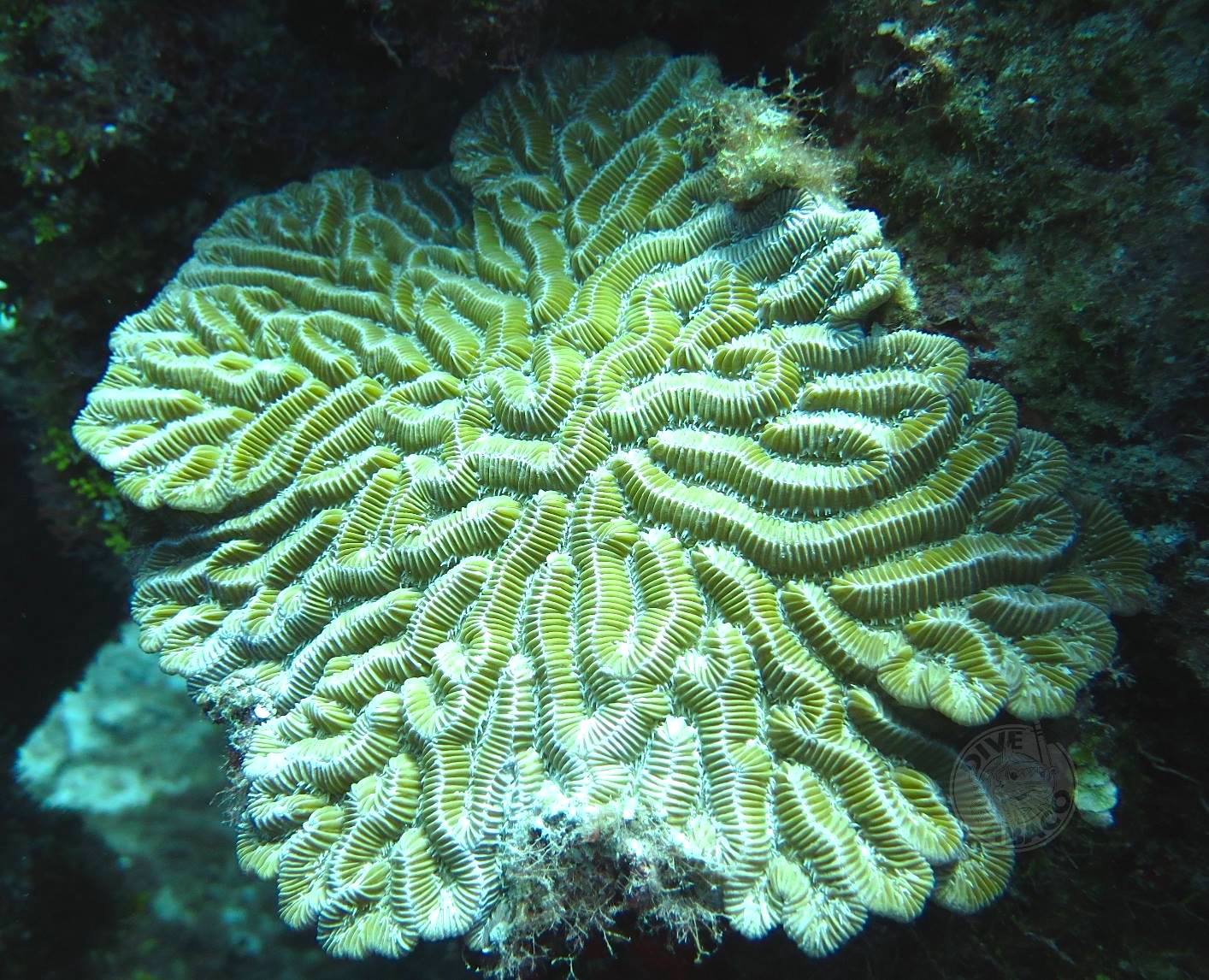

















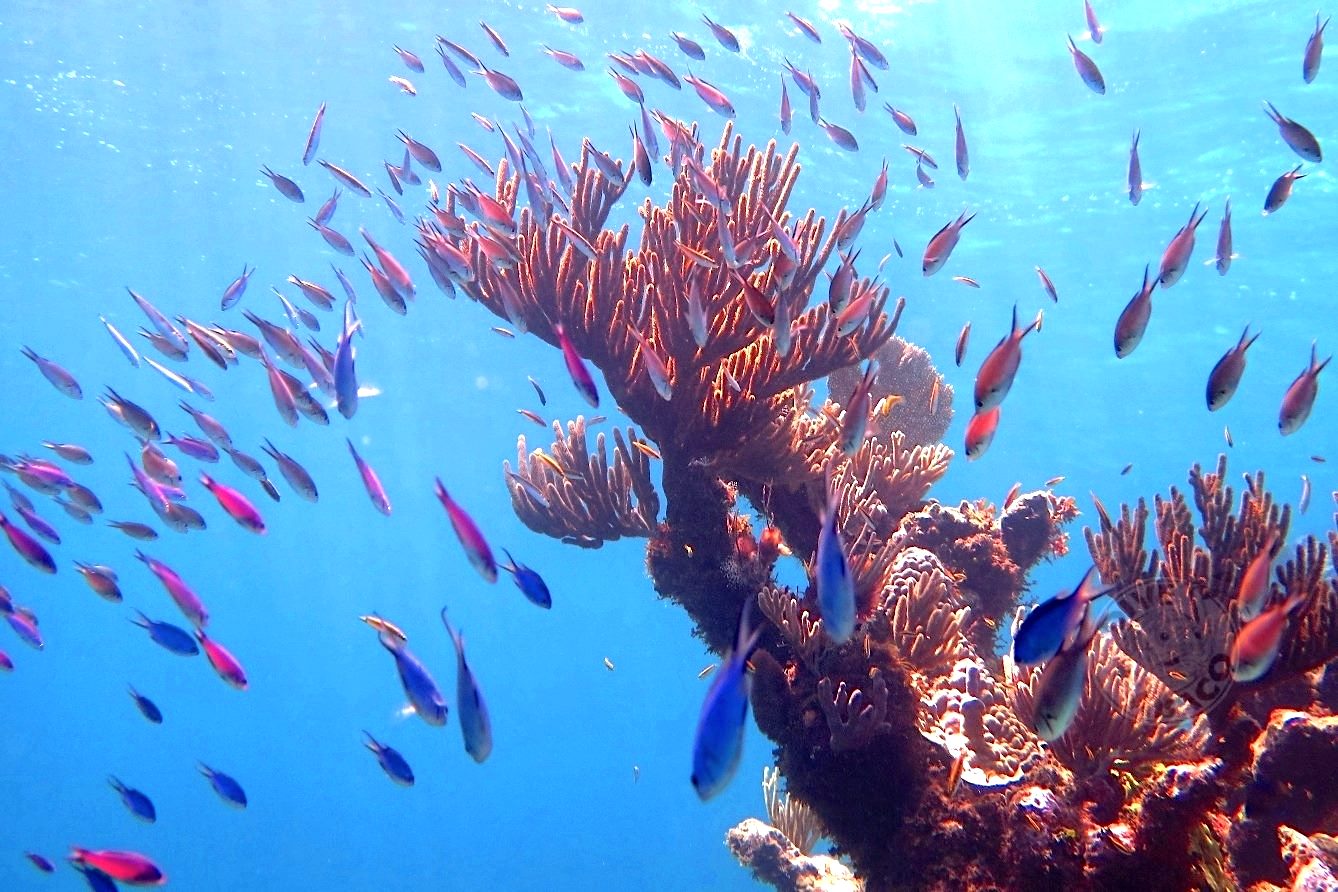








You must be logged in to post a comment.